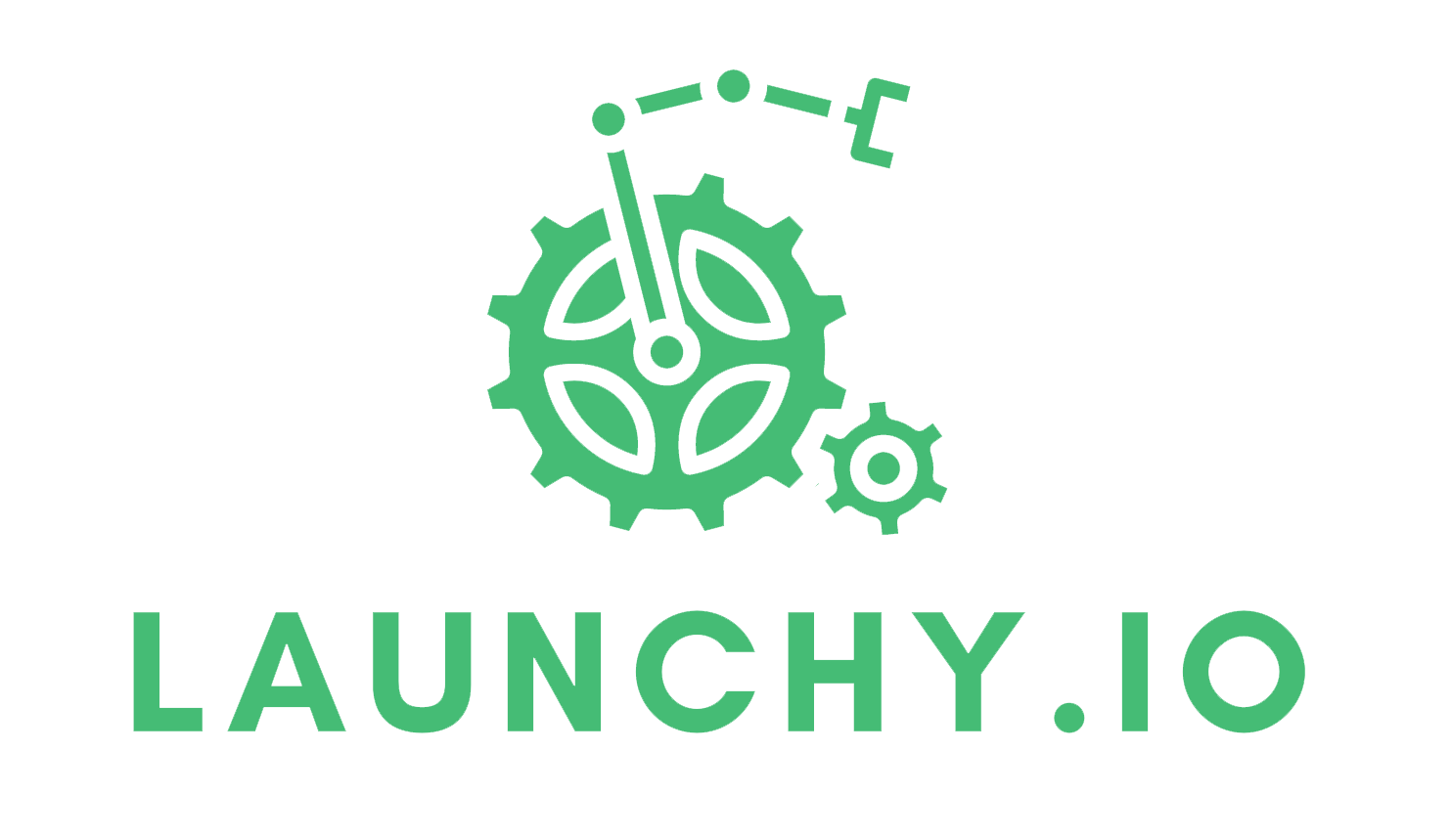The secret to running a successful marketing campaign goes beyond devising and executing ingenious and creative marketing strategies. In today’s fast-moving business landscape, utilising CRM marketing automation tactics helps marketing aficionados and businesses optimise their cost-saving measures, time management, and overall employee productivity.
Before delving into CRM marketing automation, let’s look at a specific marketing campaign tactic—segmented campaigning. It has been instrumental in generating the success of many marketing campaigns. They are found to have increased the revenue of businesses running them by 760%, according to the Data & Marketing Association (DMA).
They also contribute to a 14% higher open rate and 100% higher click-through rate than non-segmented campaigns.
Along with targeted email campaigns, segmented campaigns contribute to 58% of all revenue. However, manually sorting out leads for segmented campaign purposes can be an arduous and time-consuming process. It typically requires marketers to understand the consumer behaviour, demography, and geography of their intended audience.
This is where CRM marketing automation plays a pivotal role in streamlining sales and marketing processes, automating various marketing processes, and allowing marketing professionals to focus on more productive tasks. Segmented campaigns utilise CRM marketing automation tools to give users a more personalised experience.
If you’re yet to implement these tools into your marketing campaigns, we can provide 5 examples of this new-age technology to help you get started.
1. Using tags and segmenting
Today’s consumers generally expect companies to know what they want. This means that businesses are expected to target specific users based on their interests and demography. Fortunately, classifying and segmenting a marketing campaign to reach specific users has been made easier with the use of tags, a tool provided by CRM software.
Based on the criteria provided by the business such as “newsletter subscriber” or “free consultation”, the data entered by new or existing customers can be automatically tagged. This makes it easier for marketers to search and segment their contact list based on their tag. A good CRM software gives marketers the flexibility to create tags based on relevant information tied to the marketer’s business.
2. Automating a welcome email
Every time a new user signs up or subscribes to a business, it’s courteous to send a welcome email. They also have an 86% average open rate. Typing out these emails for every user isn’t practical and can take up too much time.
This is why CRM software lets marketers automate these welcome emails. So what should such an email contain? An ideal welcome email should also highlight the perks and benefits of subscribing, together with a thank you message.
3. Messaging with follow-ups
When a new lead is generated by filling up a form created by a business, it’s easier for that business to follow up with said lead. This is where automation comes in as following up can be done by automating a follow-up email or text.
An appointment scheduling link is sent to the user if they wish to arrange for an appointment with said marketing or sales personnel. The client is made aware of the dates and times that the marketing or sales personnel is available, allowing them to choose a suitable schedule that works.
4. Sending appointment reminders
It’s not uncommon for consumers to overlook or get sidetracked by their daily ongoings, to the point where they may miss out on scheduled appointments. Fortunately, a CRM software that embeds both text messaging and scheduling can help your customers avoid such misalignments. Automated appointment reminders give updates one week, 24 hours, or even 30 minutes before a meeting.
They also give users multiple options to customise in relation to their appointments. Features such as travel directions, rescheduling options, and agenda details help consumers prepare for their appointments better. Using this feature, marketers increase the probability of converting leads into clients as well as getting a better response rate.
5. Facilitating referral and review
To improve on one’s product or service, a marketer needs to gain valuable insights and hear the opinions of the very customer they serve. As much as 93% of online shoppers view online reviews of an item or service they are interested in before purchasing. Hence, using a CRM software to automate emails that get customers to share their experiences is a fruitful way to know where one business’s offerings stand.
However, they should not be in a rush to seek such insights. Businesses should allow some time between the date of purchase and the date the business decides to reach out to them to seek their review or referral. Automating a polite email for review or referrals is a great way to build brand loyalty.
Start utilising CRM marketing automation software to deliver successful marketing campaigns
Managing the entire marketing campaign lifecycle or keeping track of your leads can be a tedious process. This is especially true if you have to sort through jumbled up data and find particular leads to fit certain marketing efforts.
Hence, it is important for marketers and businesses to implement automation to manage the entire lifecycle of their marketing campaigns.
Schedule a free consultation with a team of business process automation experts to find out how you can leverage your business through Keap CRM automation to deliver a seamless experience for your business and your clients.

